Unravel the mystery behind Sci-Hub, the controversial online resource that’s changing the game for scientific research. Learn how it works and the implications for academia and the publishing industry.


Unravel the mystery behind Sci-Hub, the controversial online resource that’s changing the game for scientific research. Learn how it works and the implications for academia and the publishing industry.

Mathematical constants are fundamental mathematical values that remain constant throughout all mathematical equations and formulas. They are essential tools in the world of mathematics and are widely used in a variety of applications, from physics and engineering to finance and computer science. The 7 Most Important Mathematical Constants Pi (π) – Pi is perhaps the […]

There are different types of Telescopes designed to observe the universe in various ways. They can be broadly categorized into two main groups: optical telescopes and non-optical telescopes. Here is a brief overview of some common types within these categories: Optical Telescopes Refracting telescopes (refractors): These use a lens to gather and focus light. They […]
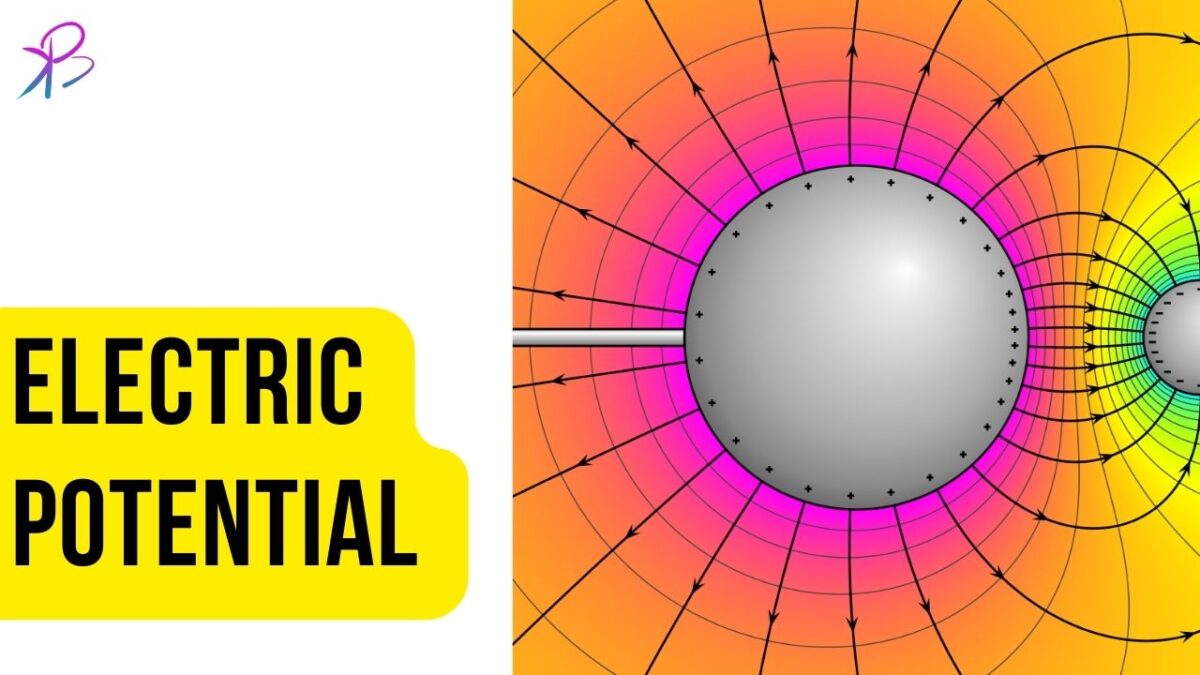
Electric potential is a fundamental concept in the study of electricity and is essential in understanding the behavior of electric charges. It is a scalar quantity that describes the amount of work that is required to move a charged particle from one point to another in an electric field. subscribe us for email update for […]
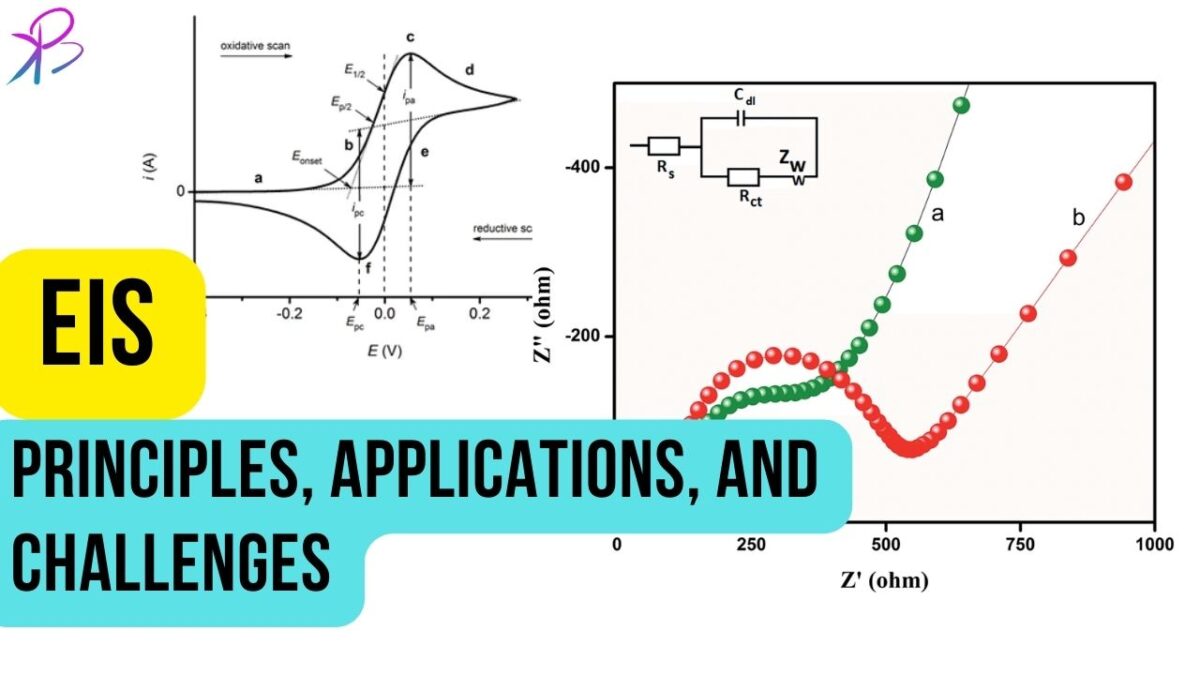
IntroductionDue to its capacity to provide important insights into the electrochemical behaviour of many materials and systems, electrochemical impedance spectroscopy (EIS), a potent and adaptable analytical method, has attracted a lot of interest recently. EIS has been used in a variety of industries, including biosensors, corrosion research, and energy storage and conversion, among others. This […]
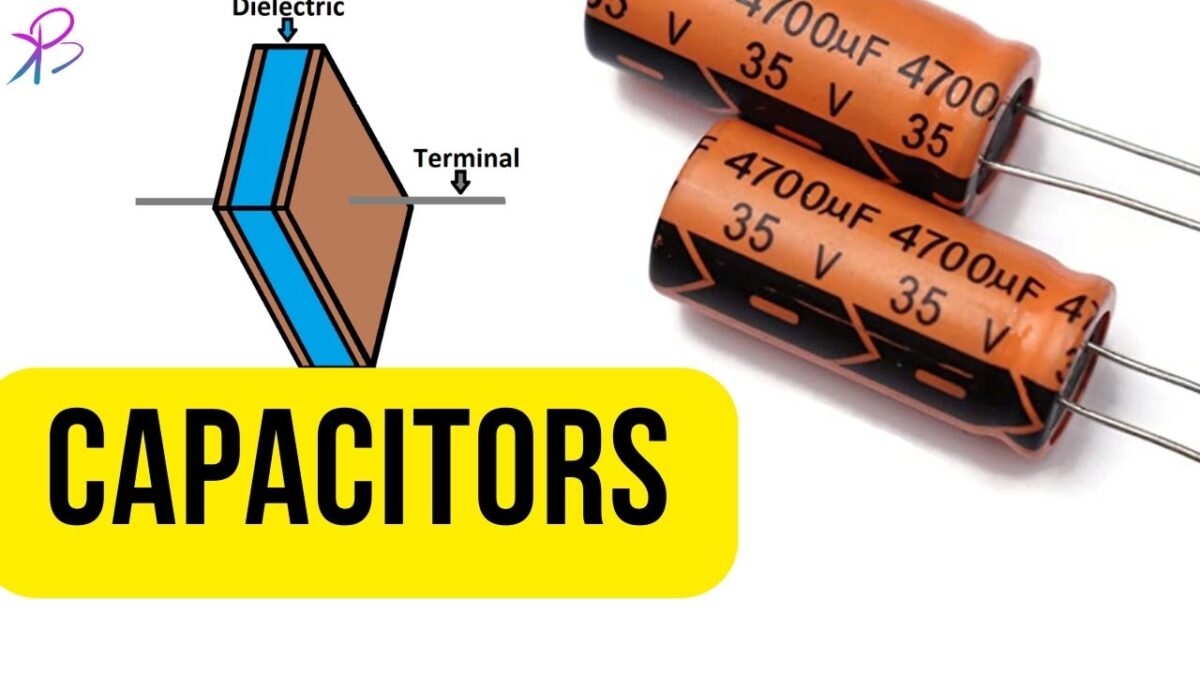
Capacitors are essential parts of electronics that are used in many different circuits and applications. Even though capacitors are simple, they have the unique ability to store and release electrical energy. This is important for tasks like filtering, storing energy, regulating voltage, and connecting signals. This article will talk about how capacitors work, the different […]
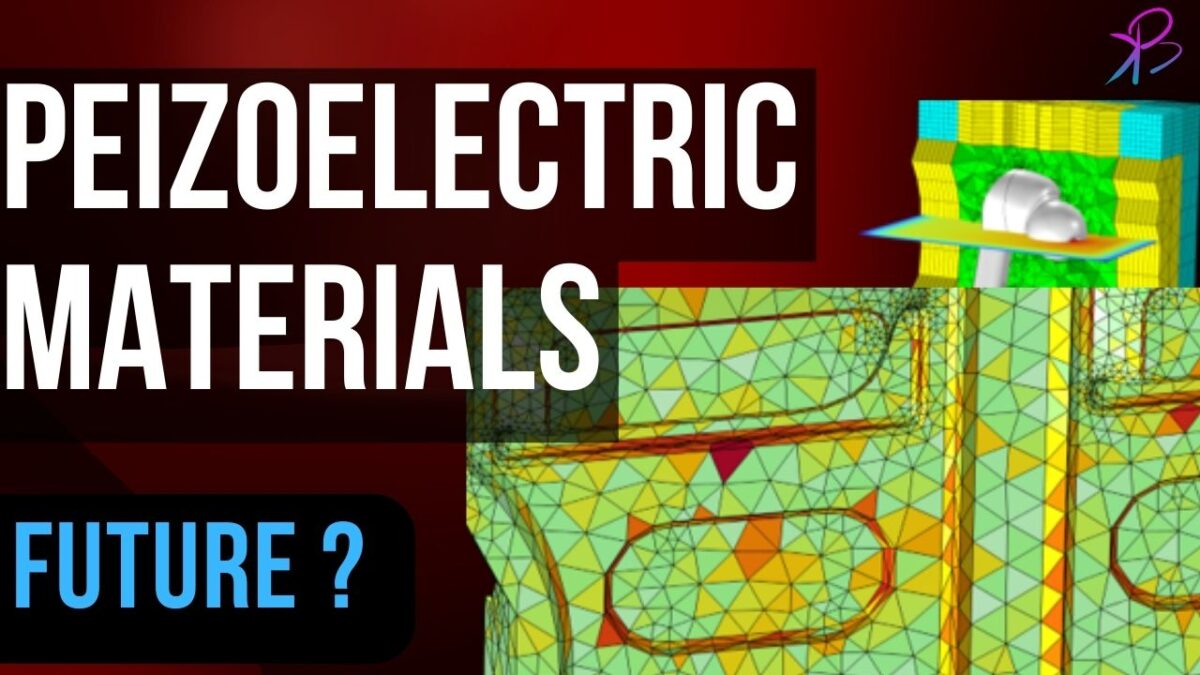
The name “piezo” drives from a Greek word meaning “to press.”Piezoelectric materials are materials that produce an electric current when they are placed under mechanical stress. The piezoelectric process is also reversible, so if you apply an electric current to these materials, they will actually change shape slightly (a maximum of 4%). Interested to Learn […]
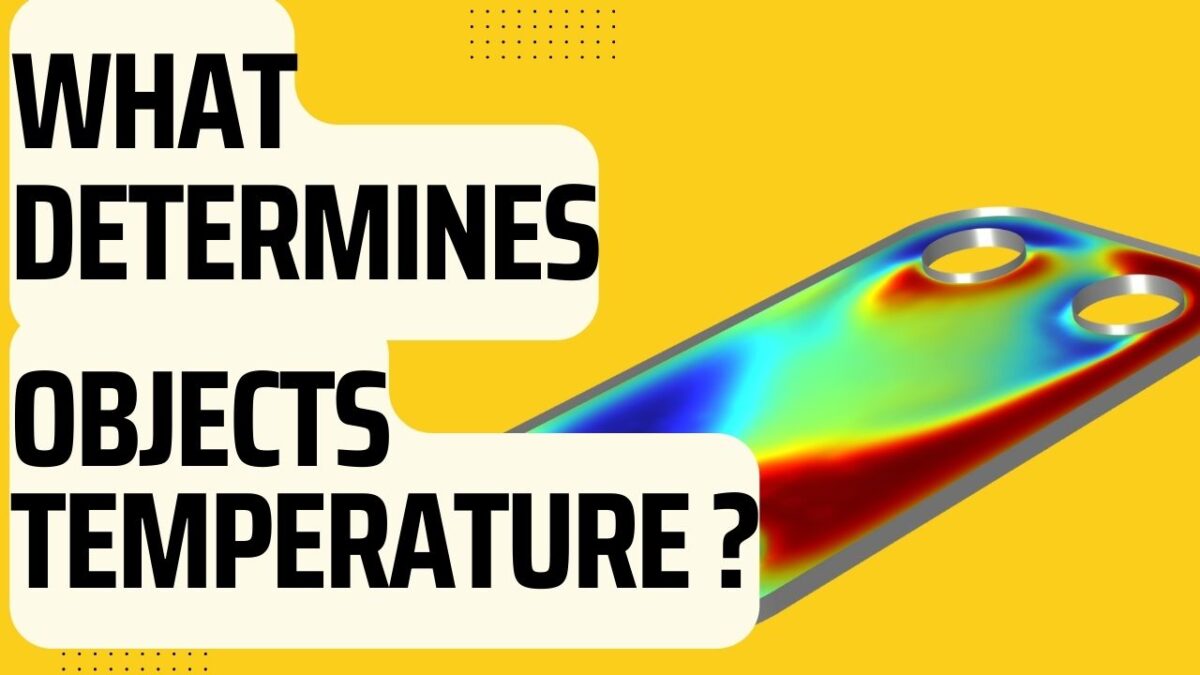
Temperature is a measure of the degree of hotness or coldness of an object or substance. It is a measure of the average kinetic energy of the particles in an object or substance, which is the energy associated with the movement of the particles. The higher the temperature of an object or substance, the faster […]
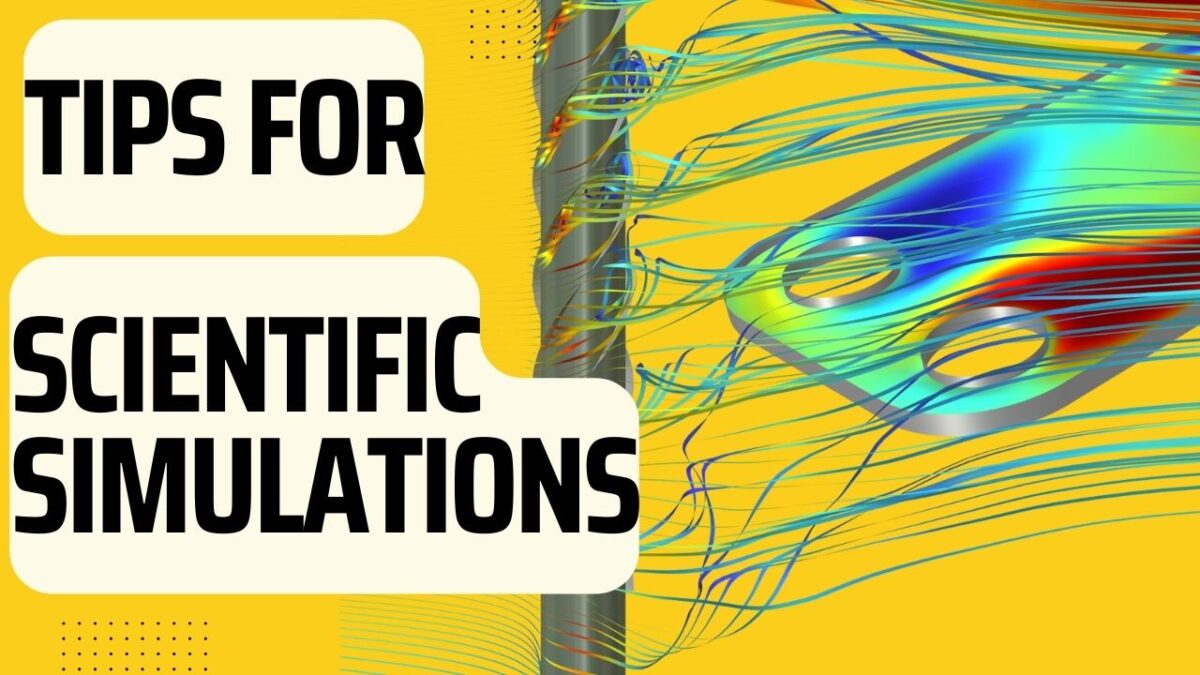
First things first, be sure that your research topic and the objectives of your simulation are very clear. The right strategy and design for your simulation may then be determined with the use of this information. Make sure that the computing platform and programming language that you choose are appropriate for your simulation. This will […]
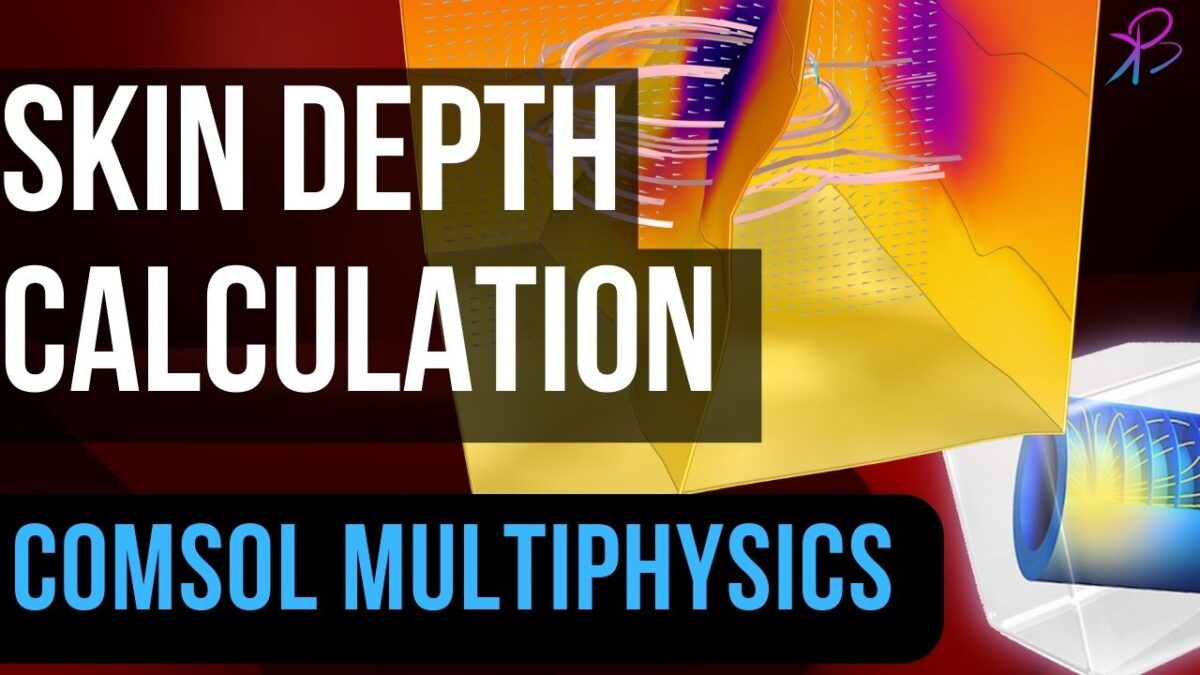
What is skin depth ? The skin effect is the tendency for an alternating electric current (AC) to be dispersed throughout a conductor so that the current density is highest at the conductor’s surface and exponentially declines as the conductor is drilled deeper. Between the conductor’s outer surface and a depth known as the skin […]